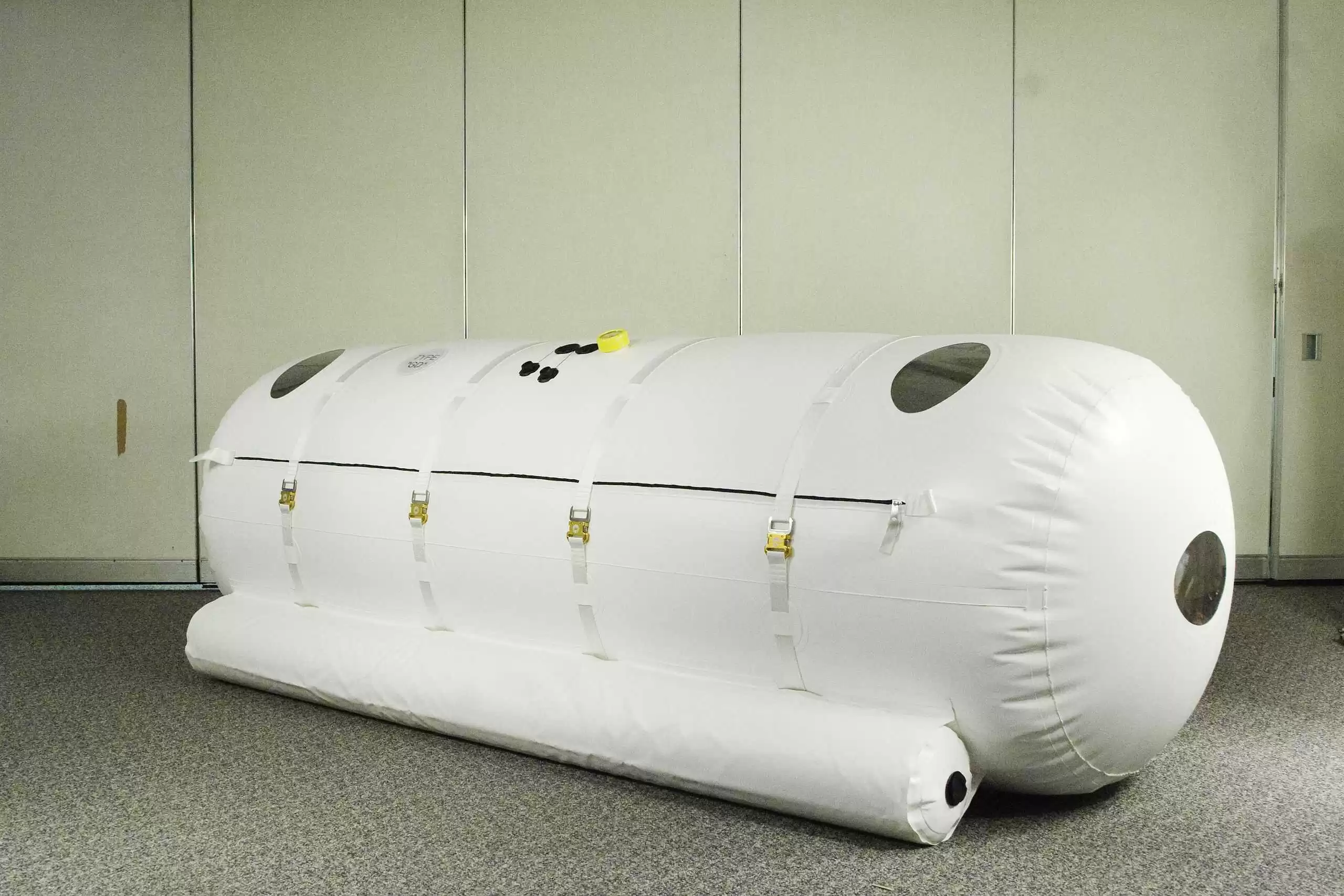The Build America, Buy America Act (BABAA), while promoting a noble goal of supporting American industry and workers, faces significant challenges and complexities in its implementation. As a policy designed to bolster domestic manufacturing, it brings a range of potential benefits and drawbacks that must be carefully navigated to ensure its success. This article provides an in-depth look at the BABAA, exploring its potential benefits, challenges, key considerations, and long-term implications.
Table of Contents
Potential Benefits
Job Creation and Economic Growth
The primary aim of the BABAA is to boost domestic manufacturing by incentivizing federal projects to utilize American-made materials and products. This policy, in theory, would create jobs in manufacturing, construction, and related sectors, contributing significantly to economic growth. By mandating the use of domestic goods, the act could lead to increased demand for American products, which in turn could spur investment in local industries and infrastructure. This investment could result in the creation of high-quality jobs, benefiting communities across the country.
Moreover, the ripple effects of job creation extend beyond the immediate beneficiaries. As more individuals gain employment, their increased purchasing power stimulates local economies, supporting small businesses and service providers. This virtuous cycle of economic activity can help revitalize regions that have experienced industrial decline, providing new opportunities for workers and businesses alike.
National Security
By reducing reliance on foreign suppliers, the act aims to enhance national security. This is particularly relevant in industries considered critical to defense, such as steel, aluminum, and electronics. Dependence on foreign sources for these essential materials can pose risks, especially during geopolitical tensions or supply chain disruptions. Ensuring a robust domestic supply of these critical components strengthens the nation’s ability to respond to emergencies and maintain the integrity of its defense capabilities.
The importance of a secure supply chain cannot be overstated. Recent global events, including the COVID-19 pandemic, have highlighted the vulnerabilities associated with overreliance on foreign suppliers. By prioritizing domestic production, the BABAA seeks to mitigate these risks and build a more resilient and self-sufficient economy.
Domestic Supply Chain Resilience
A stronger domestic manufacturing base makes the US economy less susceptible to disruptions in global supply chains. During the COVID-19 pandemic, many industries experienced significant challenges due to supply chain interruptions. By fostering a more robust and reliable domestic supply of essential goods, the BABAA aims to create a more stable economic environment.
Building supply chain resilience involves more than just producing goods domestically; it also requires investment in infrastructure, technology, and workforce development. By supporting innovation and modernization within American industries, the act can help create a supply chain that is not only resilient but also competitive on a global scale.
Support for American Workers
The act prioritizes utilizing labor from American workers, potentially leading to higher wages and better working conditions in the construction and manufacturing industries. By ensuring that federal projects use domestically produced goods, the BABAA creates a demand for skilled labor within the United States. This demand can drive up wages and improve job quality, providing workers with better opportunities and working conditions.
Furthermore, the emphasis on American labor helps support local communities and reduces income inequality. As more workers gain access to well-paying jobs, they can improve their standard of living and contribute to the economic prosperity of their regions. This focus on labor rights and fair wages aligns with broader efforts to promote social equity and economic justice.
Challenges and Complexities
Increased Costs
Using American-made products may lead to higher costs for infrastructure projects compared to sourcing materials globally. This could result in delays or reduced project scope as budgets are stretched thin. The higher costs associated with domestic production are often due to factors such as higher labor wages, environmental regulations, and other compliance requirements. These additional expenses can strain project budgets and limit the scope of what can be achieved.
To address these cost challenges, policymakers and industry stakeholders need to explore strategies for reducing production costs without compromising on quality or labor standards. This could involve investing in advanced manufacturing technologies, streamlining regulatory processes, and providing financial incentives for domestic producers.
Definition of “American-Made”
The act’s definition of “American-made” is complex and subject to interpretation. Determining the origin of materials and products can be challenging, potentially leading to disputes and legal challenges. The criteria for what qualifies as American-made can vary depending on the specific product and industry, creating a landscape of regulatory complexity that businesses must navigate.
Ensuring compliance with the BABAA requires clear and consistent guidelines that can be easily understood and implemented by businesses of all sizes. Policymakers need to work closely with industry experts to develop these guidelines and provide the necessary support and resources to help businesses meet the requirements.
Impact on Small Businesses
While the act aims to support American businesses, it could inadvertently favor larger companies with existing manufacturing capabilities. Small businesses might struggle to meet the act’s requirements and participate in federal projects. These smaller enterprises may lack the resources and capacity to scale up production quickly or to navigate the complex regulatory environment associated with the BABAA.
To ensure that small businesses can benefit from the act, targeted support measures are needed. This could include providing grants or low-interest loans to help small businesses expand their operations, offering technical assistance to navigate compliance requirements, and fostering partnerships between small and large businesses to share resources and expertise.
Global Trade Implications
The act could potentially trigger retaliatory measures from other countries, impacting American exports and overall trade relations. By prioritizing domestic production, the BABAA may be seen as protectionist, leading to tensions with trading partners who may respond with tariffs or other trade barriers against American goods. This could harm U.S. exporters and disrupt global trade relationships.
Navigating these trade implications requires careful diplomacy and strategic engagement with international partners. Policymakers need to communicate the goals and benefits of the BABAA clearly, while also seeking to negotiate fair trade agreements that protect American interests without escalating trade conflicts.
Limited Scope
The act applies primarily to federal projects, leaving a significant portion of the economy outside its purview. While federal projects represent a substantial market, many industries and sectors are not directly impacted by the BABAA. This limits the overall reach and effectiveness of the policy in achieving its broader economic and security goals.
To maximize the impact of the BABAA, policymakers should consider ways to extend its principles to other areas of the economy. This could involve encouraging state and local governments to adopt similar policies, promoting private sector initiatives that align with the act’s goals, and leveraging public-private partnerships to expand the reach of domestic manufacturing support.
Key Considerations
Transparency and Accountability
To ensure the act’s effectiveness and prevent unintended consequences, there needs to be clear and transparent implementation guidelines and strong oversight mechanisms. Transparency in the decision-making process helps build trust among stakeholders and ensures that the goals of the BABAA are being met effectively. This includes providing regular updates on the progress of federal projects, publishing detailed reports on the use of American-made materials, and establishing independent oversight bodies to monitor compliance.
Effective accountability measures are also crucial. This involves setting clear performance metrics, conducting regular audits, and taking corrective actions when necessary. By holding all parties accountable, policymakers can ensure that the BABAA delivers on its promises and achieves its intended outcomes.
Collaboration and Partnerships
Success will require collaboration between government agencies, industry stakeholders, and labor unions. Open communication and effective partnerships are crucial for addressing challenges and finding solutions. Government agencies need to work closely with industry leaders to understand their needs and challenges, while also engaging with labor unions to ensure that the interests of workers are protected.
Building strong partnerships involves fostering a culture of collaboration and mutual respect. This includes creating forums for regular dialogue, facilitating joint problem-solving initiatives, and providing platforms for sharing best practices. By working together, stakeholders can identify innovative solutions and drive the successful implementation of the BABAA.
Long-Term Impact
The act’s impact will not be immediately apparent. Long-term evaluation and adjustments will be necessary to gauge its effectiveness and ensure it achieves its stated goals. Policymakers need to establish mechanisms for continuous monitoring and evaluation, allowing them to track progress and make data-driven decisions.
This long-term perspective involves setting realistic expectations and being prepared to make adjustments as needed. It also requires investing in research and development to identify new opportunities and address emerging challenges. By maintaining a focus on continuous improvement, policymakers can ensure that the BABAA remains relevant and effective in a changing economic landscape.
Conclusion:
The Build America, Buy America Act presents a complex mix of potential benefits and challenges. While it holds promise for boosting American manufacturing, job creation, and national security, its implementation requires careful consideration, transparency, and ongoing evaluation. The success of the act ultimately hinges on the ability to navigate its complexities and ensure a balanced approach that benefits American industry and workers while maintaining a robust global trade environment.
Specifically, the Build America, Buy America guidance will help federal agencies ensure that appropriate programs and projects are covered by Made in America conditions for iron and steel, manufactured products, and construction materials. The domestic content test for manufactured products is as follows per OMB’s final guidance 2 CFR 184:
“Produced in the United States means:
In the case of manufactured products:
(i) The product was manufactured in the United States; and
(ii) The cost of the components of the manufactured product that are mined, produced, or manufactured in the United States is greater than 55 percent of the total cost of all components of the manufactured product, unless another standard that meets or exceeds this standard has been established under applicable law or regulation for determining the minimum amount of domestic content of the manufactured product. See § 184.2(a). The costs of components of a manufactured product are determined according to § 184.5.”– 2 CFR 184












